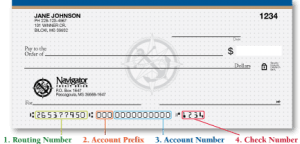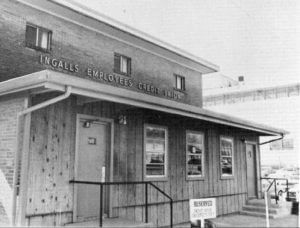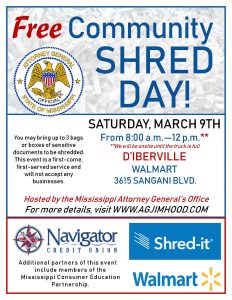
A Back-to-School Supply Drive is benefitting Moss Point City Schools
The devastating impact of natural disasters is felt long after the storm has passed, especially in the lives of children. In the wake of a powerful EF-2 tornado that struck the city of Moss Point, the need to rebuild and support the affected community is paramount. As the 2023-2024 school year looms, Navigator Credit Union continues supporting the city by partnering with WLOX for a Back-to-School Supply Drive.
Education is a vital foundation for every child's future. It provides stability, empowerment, and opportunities. However, in the aftermath of a disaster, accessing basic school supplies can become a significant challenge for families struggling to rebuild their lives. By supporting a back-to-school supply drive for the children of Moss Point, we can help ensure their educational journey continues despite the difficult circumstances they face.
School essentials such as backpacks, notebooks, pens, pencils, calculators, art supplies, and more are greatly needed. Gather these items or organize a collection drive in your workplace or community center. Supplies can be dropped off at Navigator's Moss Point Branch, located at 6012 Hwy 63, during regular business hours, Monday-Friday, 9 a.m. – 5 p.m.; Saturdays, 9 a.m.-1 p.m. Click here for a complete list of supplies.
In the face of adversity, through acts of kindness, unity and compassion, we can restore hope and provide a path forward. Together, we can ensure that these young learners have the tools they need to embark on a bright future, despite recent challenges.

 Home
Home




